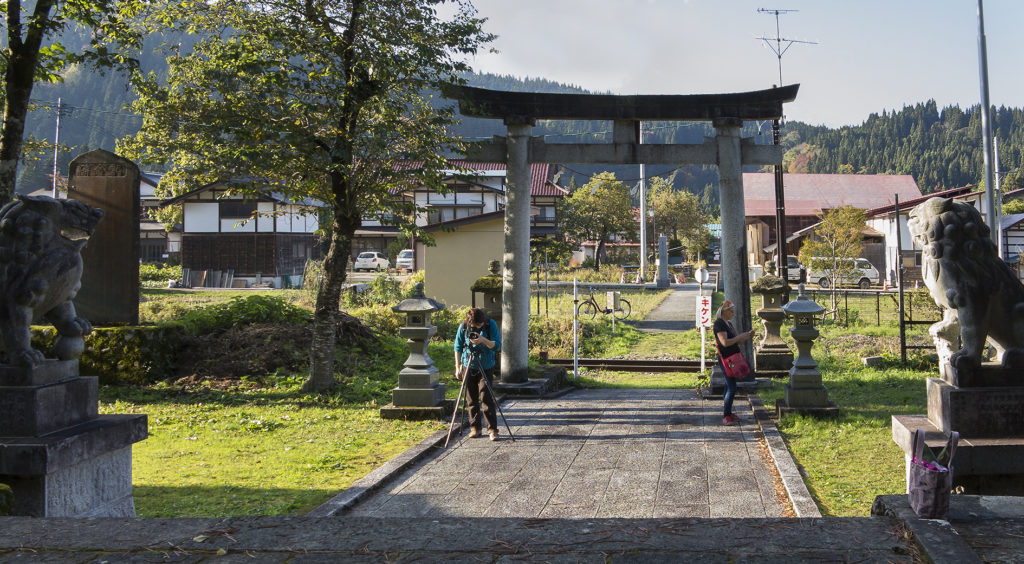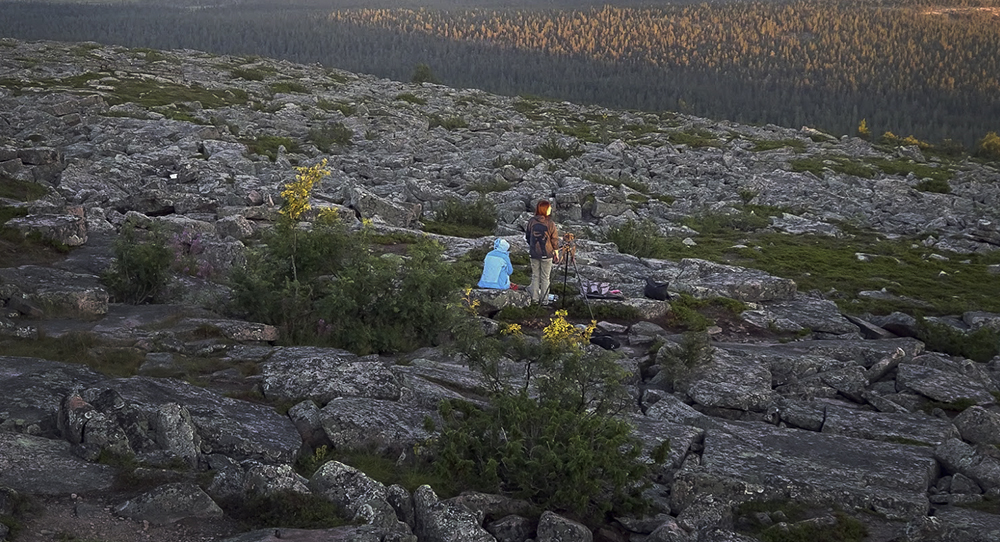The collaborative artistic team LAAVU has been conducting research-based and place-responsive visual art projects since 2015.
Members of the team are photographer Naoko Chiba, sculptor-photographer Antti Ylönen and researcher-writer-curator Kaisa Kerätär.
Our team is interested in exploring the relationship between visual arts and local history, with a particular focus on “silent stories of land”, almost forgotten narratives of the frontiers, that interconnect places and their environment as well as human physical and spiritual life.

The starting point for Laavu team was in Fukushima, Japan in 2015. Photo: Antti Ylönen.
We have been studying the culture and identity of regional communities, as well as the influence of modernization on the traditional lifestyles in Tōhoku, northern Japan, and in the north of Finland.
For us, the best way to articulate new questions and generate alternative understandings is by using and combining mediums like photography, installations, literature and scientific research.
The name of our team, Laavu, is a word used in the northern part of Finland. It refers to a traditional wooden shelter used by the Forest Lapp (Sámi) people to stay overnight in the forest. At Laavu, you can rest, make coffee over a fire, and share stories with others.

Observing the midnight sun and lunar eclipse in Lapland. Photo: Chie Kamekura.




